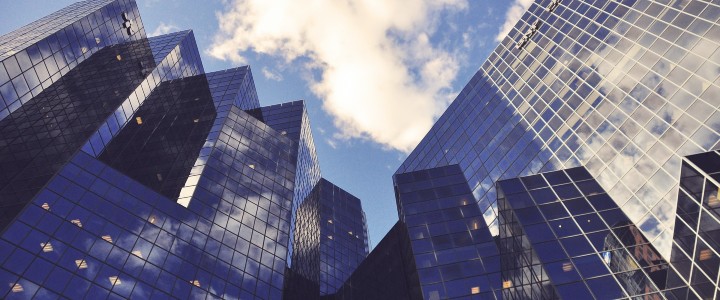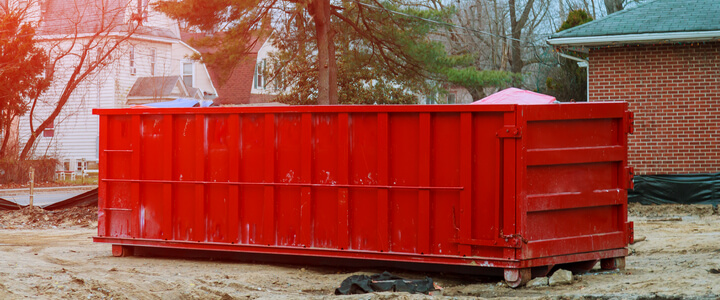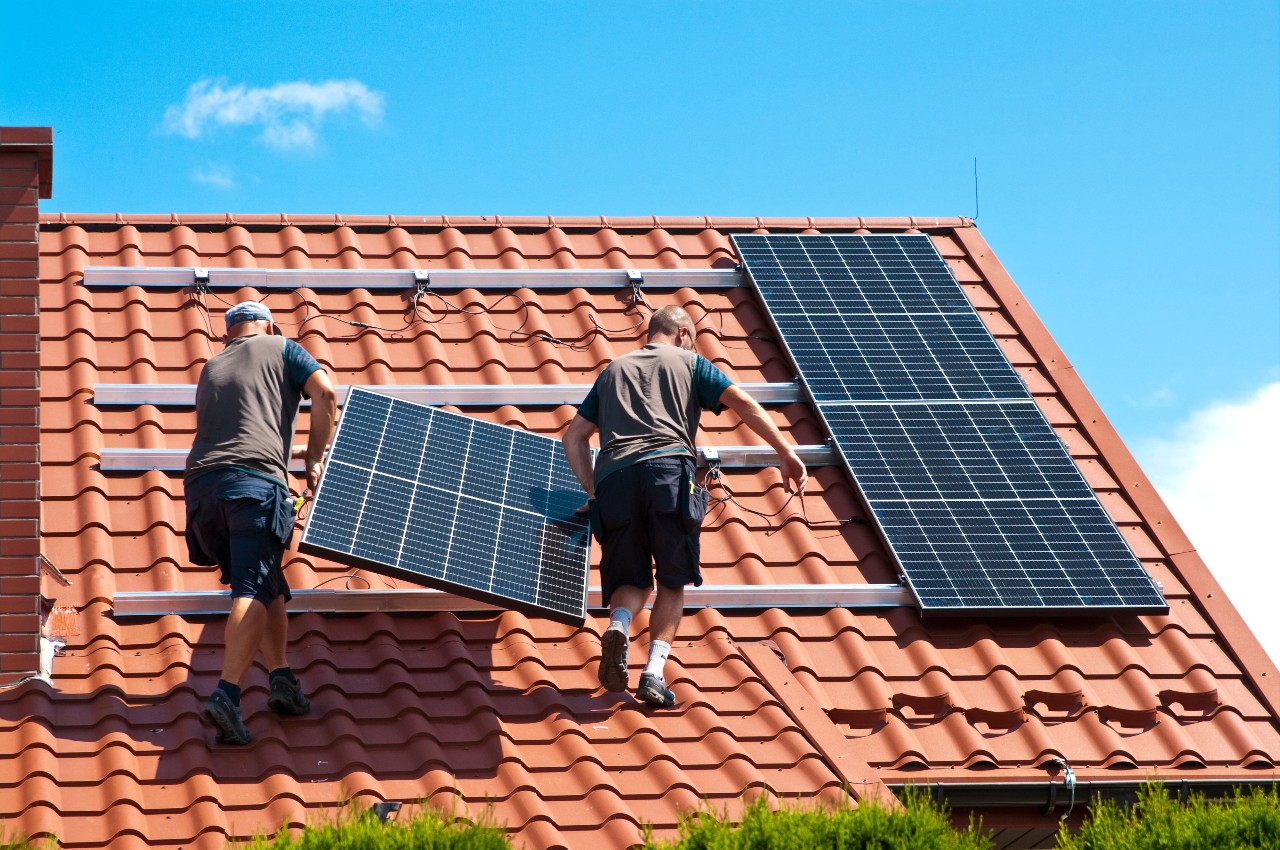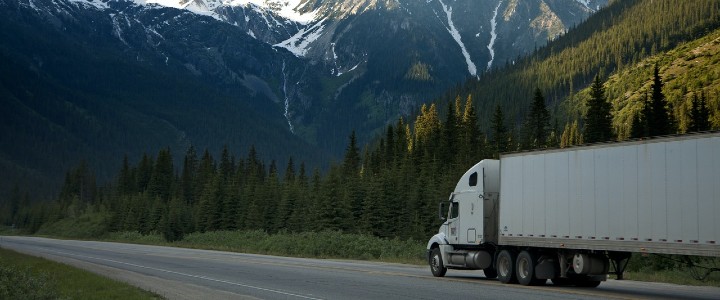Energy-Efficient Solutions for Green Construction: A Guide for Builders
In the age of climate change and a collective move towards sustainable living, green construction has become not just a trend but a necessity. As builders, architects, and even homeowners become more conscious of their carbon footprint, there is a growing demand for energy-efficient solutions in the construction industry.
In this guide, we’ll explore some of the top techniques that builders can employ to ensure their projects are as environmentally friendly as possible.

1. Sustainable Building Materials
Using eco-friendly building materials is the first step towards creating a green construction project. Opt for materials that are sustainably sourced, have a low embodied energy (i.e., the energy consumed by all processes associated with the production of the material), or are made from recycled components.
- Timber: When sustainably sourced, timber is a renewable building material that can be used for a variety of structural purposes.
- Recycled steel: Requires significantly less energy to produce than new steel.
- Bamboo: Grows rapidly and provides a durable and sustainable alternative to traditional wood.
2. Effective Insulation
Insulation is key to energy efficiency. Properly insulating a building ensures that less energy is used for heating in the winter and cooling in the summer. This not only reduces the carbon footprint of the building but also significantly cuts down on energy bills.
- Insulating Concrete Forms (ICFs): These are interlocking blocks made of insulating materials. When filled with concrete, they create a robust insulating layer.
- Blown-In Insulation: This involves using recycled paper, mineral wool, or fibreglass, which are blown into wall cavities, ensuring a tight fit.
- ADA Fastfix: This modern solution has become increasingly popular for its energy-efficient qualities and ease of use in various construction applications.
3. Harnessing Renewable Energy
With the advancements in renewable energy technologies, it’s now more feasible than ever for builders to incorporate renewable sources into their projects.
- Solar Panels: Photovoltaic panels can be integrated into the roofs or walls of buildings, converting sunlight into electricity and reducing reliance on non-renewable energy sources.
- Wind Turbines: Although more suited to larger properties or community projects, small-scale wind turbines can be a viable option for providing supplementary energy.
- Geothermal Systems: These tap into the stable temperatures below the Earth’s surface to heat or cool buildings, offering a highly efficient energy source.
4. Water Conservation
A green building is not just about energy efficiency; it’s also about conserving other vital resources. Water is one such resource that often gets overlooked.
- Rainwater Harvesting: Installing systems that collect and store rainwater can help reduce the demand for local water supplies. This collected water can be used for gardening, flushing toilets, and even laundry.
- Greywater Recycling: Systems that reuse water from showers, sinks, and washing machines can significantly reduce a building’s overall water consumption.
5. Smart Building Technologies
Leveraging modern technology can make managing and maintaining the energy efficiency of a building simpler and more effective.
- Smart Thermostats: These devices learn the preferences of the inhabitants and adjust heating and cooling accordingly, ensuring optimal energy usage.
- Energy Monitoring Systems: These help homeowners and property managers understand their energy consumption patterns, highlighting areas where they can reduce energy use.
In Conclusion
Green construction is the future, and with the range of energy-efficient solutions available today, builders have an array of options to make their projects more sustainable. By using sustainable materials, focusing on insulation, harnessing renewable energy, conserving water, and leveraging smart technologies, builders can play a significant role in combating climate change and reducing the environmental impact of the built environment.
As the construction industry continues to evolve, those who adapt and adopt these green practices will not only be doing their bit for the planet but will also be meeting the demands of an increasingly eco-conscious market.


















